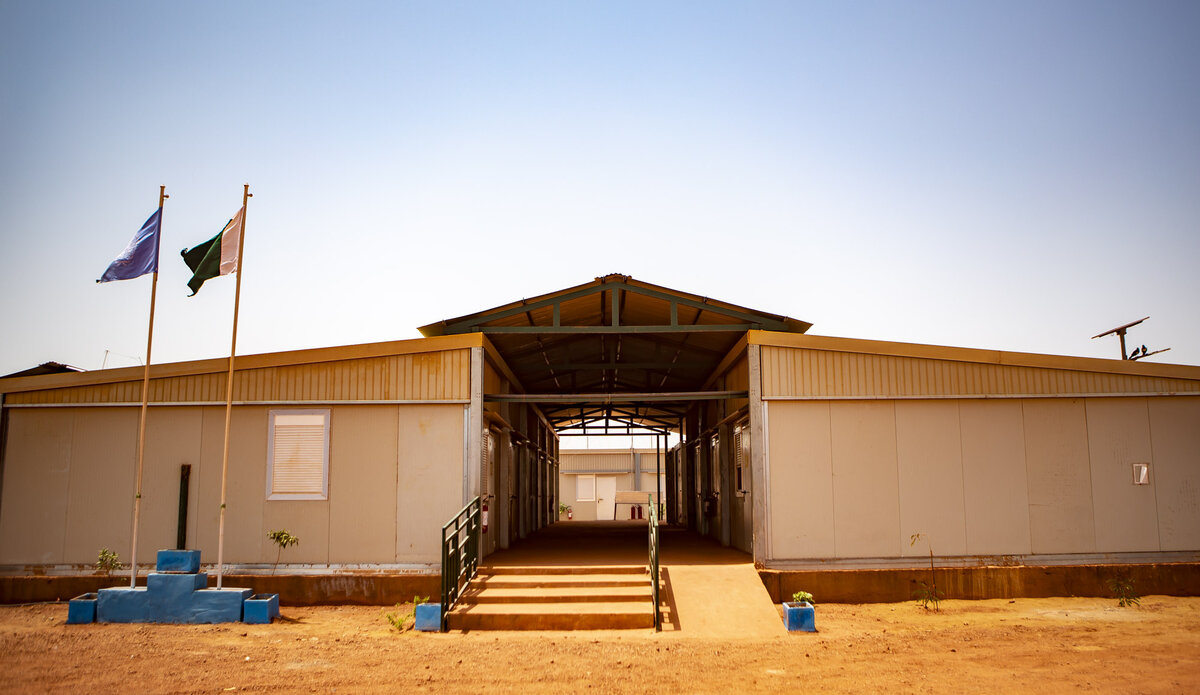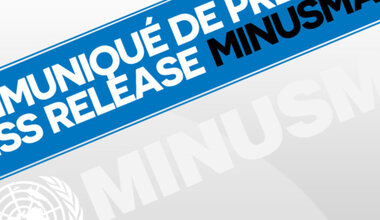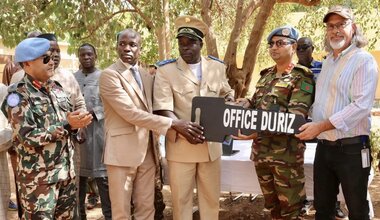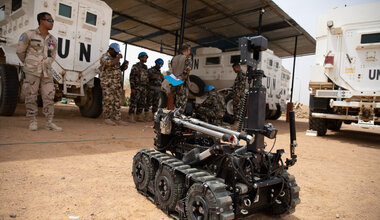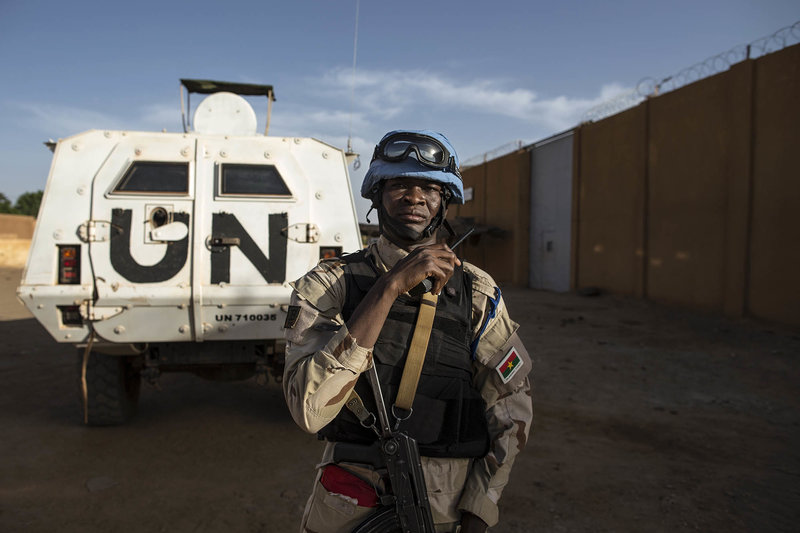HOW MINUSMA IS CLOSING CAMPS IN MALI IN ACCORDANCE WITH UN RULES
Previously, we published articles on the management of contingent-owned equipment and asset disposal by MINUSMA as it implements its withdrawal from Mali based on UN rules and procedures. This time, we discuss camp closure.

Background
Security Council Resolution 2690 of 30 June 2023 terminated the mandate of MINUSMA following the request of the Malian authorities for the withdrawal of the Mission without delay. It outlined steps for a safe, orderly, and coordinated withdrawal by 31 December 2023. The liquidation phase of the Mission starts from 1 January 2024.
MINUSMA is leaving Mali after a decade-long presence, during which it established 12 camps in the north and central parts of the country, as well as its headquarters in Bamako. In line with MINUSMA’s Status of Forces Agreement, or SOFA, these sites were provided to the Mission by the Malian authorities. As the Mission enters its final phase, and with the first three camp closures at Ogossagou, Ber and Goundam already completed, the formal restitution of these sites in accordance with UN rules and regulations is a key element of MINUSMA’s withdrawal plan, in coordination with the Malian authorities.
Here we outline the process for camp closures and restitution.
UN Guidelines
First, per UN guidelines, MINUSMA is formally transferring camps only to State civilian authorities. In this context, the Mission is in continuous contact with Malian authorities at national and regional levels. The Mission is also negotiating a framework agreement with Malian authorities setting out joint approaches to this process.Meanwhile, MINUSMA personnel and equipment, including from troop- and police-contributing countries, are withdrawn from the camp in a manner that minimizes risks, in coordination with the Government of Mali. Contingent-owned equipment, such as armored vehicles, weapons and ammunition, belonging to troop- and police-contributing countries, are systematically withdrawn as a matter of priority. What the Mission leaves behind are infrastructure and equipment, such as water treatment and wastewater management installations, power generation and distribution networks, as well as furnished offices.
Environmental Safety
Once its personnel and equipment have been withdrawn, MINUSMA aims to ensure that the camp is left in safe and functioning condition, which involves removing any hazardous chemicals or waste. Every effort is made to complete the environmental clean-up within the available time and capacity. Prior to the sign-off, a final joint environmental site inspection is conducted with representatives of the Government of Mali, coordinated by the Ministry of Environment. In addition, a "battle area survey" is conducted by the UN Mine Action Service, UNMAS, to ensure that no explosives have been left behind, and this report is included in the documents to be signed by the authorities.

Certification by Authorities
Once the Mission is about to vacate a camp, MINUSMA and the designated Malian authorities’ civilian representative - Governor of region or a Prefect or sub-Prefect - sign an individualized certificate
containing, inter alia, a site inspection report, a list of structures remaining on the site, and an environmental report.
The formal return of camps to the Malian State is an important step in the process of MINUSMA's withdrawal from Mali. It symbolizes the end of MINUSMA's presence and responsibility in the camp and the area it covered, as the Mission seeks to hand over previously mandated responsibilities to the Malian authorities, with the possible contribution of the United Nations Country Team, the UN Office for West Africa and the Sahel (UNOWAS) and other stakeholders.
Continued UN Support
The peacekeepers are withdrawing from Mali, but the United Nations Organization's commitment to the country remains strong. The UN will continue to provide multifaceted support to the Malian government and people in their efforts to achieve sustainable peace and development.
 UN
UN United Nations Peacekeeping
United Nations Peacekeeping
